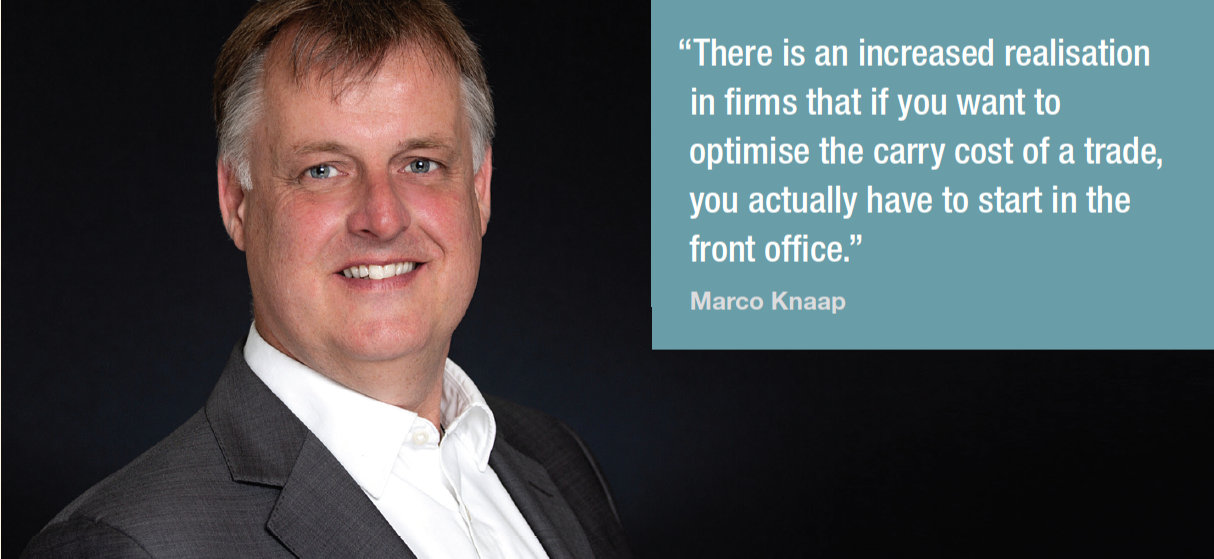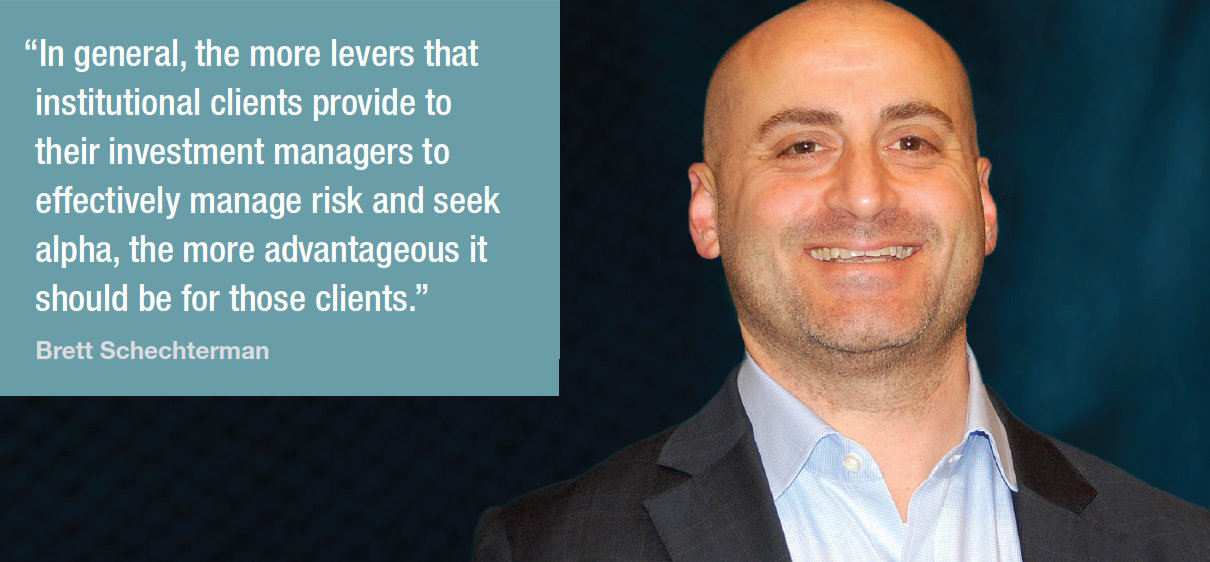Lauren Dillard joined Nasdaq as Head of Global Information Services in May 2019. Markets Media recently caught up with Lauren for an update on the business.
How would you describe your first (almost) year and a half leading Nasdaq’s Global Information Services?
The Information Services business is strong across all three of its subdivisions—indexes, data, and analytics.

Invesco recently launched a suite of products that expand the NASDAQ-100 ecosystem, building on the strength of the flagship QQQ ETF that tracks the NASDAQ-100 index. The N-100 represents the modern-day industrials, reflecting the world we’re all living in, including everything from Apple to Zoom.
Investors have recognized that, and we’ve seen strong inflows: in the second quarter, more than half of the performance in our index business was from inflows vs market performance. The NASDAQ-100 is one of the most liquid indexes in the world, and international interest has been strong.
Our market data business continues to be strong. We recently began providing real-time market data to eToro users, further expanding our footprint among individual investors. Earlier this year we launched Nasdaq Cloud Data Service, which disseminates our data on the cloud. Lowering the cost and barrier of entry for brokers and others that serve the investing public.
I think we’ve seen the most growth, however, in our analytics business. Whether it’s about supply chain, consumer spending, indications of travel, or anything else, the need for alternative data sets increased dramatically this year.
A common theme across the information services group is asset class expansion. We expanded the capability of the Nasdaq Fund Network, which was originally a mutual fund quotation service, to more asset classes including Collective Investment Trusts (CITs), which we announced with Wilmington Trust a year ago and have continually expanded with other partners. People want more transparency in these products, and we’re delivering that.
Our eVestment platform launched nearly three dozen data sets and in March we acquired Solovis, which brought a great team and was a natural strategic fit as a way to expand eVestment. Solovis solutions are available through eVestment now and broaden eVestment’s capabilities. Combined they offer an exceptional suite of pre- and post-investment research, analysis, management and information-sharing capabilities to the institutional investment community.
What have been the unique challenges/opportunities in 2020?
Obviously, everyone had to adjust to the pandemic quickly. Executive leadership had to get everyone home, make sure everyone was okay, and that we could function as a dispersed workforce. Information services has 900 people all over the world, so it was a challenge.
Information services as a business is built on the need for better data, transparency, and technology solutions, which are needed now more than ever. We have seen people accelerate their digital roadmap and that amplifies the need for more sophisticated data.
What are the biggest sustained changes that 2020 has brought?
I’d say just a more rapid digitization and an acceleration in the need for intelligent insights. If you didn’t have a data set or online access to your portfolio when we shifted to a remote work environment, you quickly realized you needed it. Our retail clients needed data and needed it fast, which is why we have invested in our use of the cloud, which we’ve been doing since 2008.
If you’re an asset manager, you want to see where the dollars are going to track how the pandemic may change that. We have eVestment’s Market Lens, Asset Flows and other solutions that offer transparency into what investment mandates are coming available, which asset classes and strategies are getting new mandates, where money is flowing around the world, and what strategies are in more or less favor. Having all of this information and being able to access it quickly, online, from anywhere has never been more important.
I don’t think any of this is going to unwind post-COVID. If anything, it will continue to accelerate. In a sense, every company needs to be a data and technology company for their customers.
Talk a little bit about the significance of the Solovis acquisition?
Solovis is a natural extension of eVestment, which is where institutions go to research investment opportunities and managers. Solovis is a cloud-based platform that allows you to see and rebalance your portfolio, spanning both public and private markets. About 30% of institutional investment allocations are in private markets, so having a tool to see both is a distinct advantage, especially in times of volatility.
Solovis’ client base is mostly U.S. asset owner clients—family offices, pensions, endowments. eVestment has a more global client book. More than 1,000 investors and consultants from around the world use eVestment to review the almost 24,000 active institutional investment strategies from asset managers in the database; it’s a great combination.
What is your long-term vision for Global Information Services?
We want to be the pre-eminent data and technology provider to the investing community. Everything we do flows from that, whether it’s technology workflows, or passive investing through our index business, or providing data and intelligence for investors to make better decisions.
We have two key growth themes, starting with international expansion. We’ve recently launched products in Japan and Taiwan, and we see tremendous demand from the Middle East and Latin America. The second theme is expanding to new asset classes. Our Nasdaq Veles California Water Index futures will be launched by CME, which also recently launched futures on our VOLQ index. And as I mentioned we recently expanded our partnership with Invesco via the new QQQ Innovation Suite.
Ultimately, our thesis is that we are a technology provider, and our specialty is data insights. The investing community needs the data and the insights, but they’re in the investing business. They should be focused on giving advice and making the right investment decisions, not whether they can access or gather their data or why it doesn’t all match up. That’s our job — to provide the technology and the data.





















